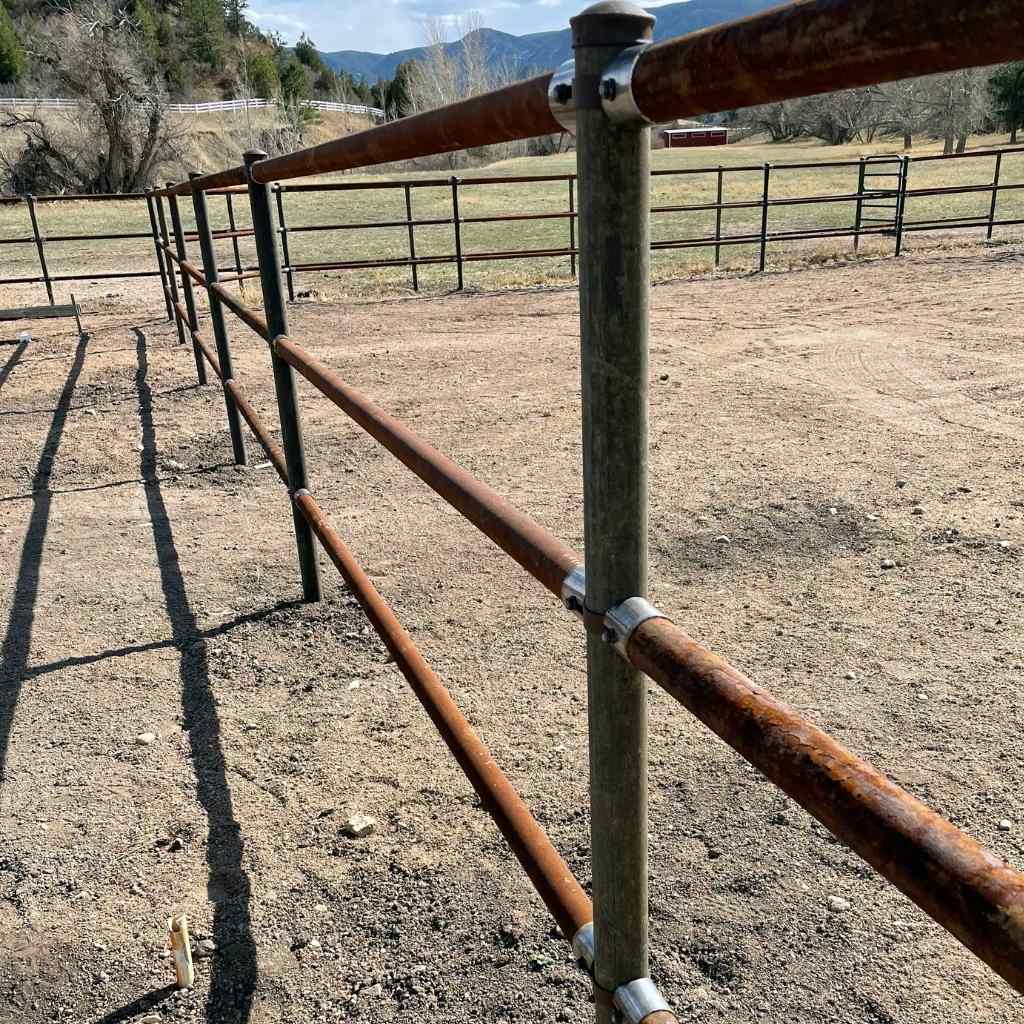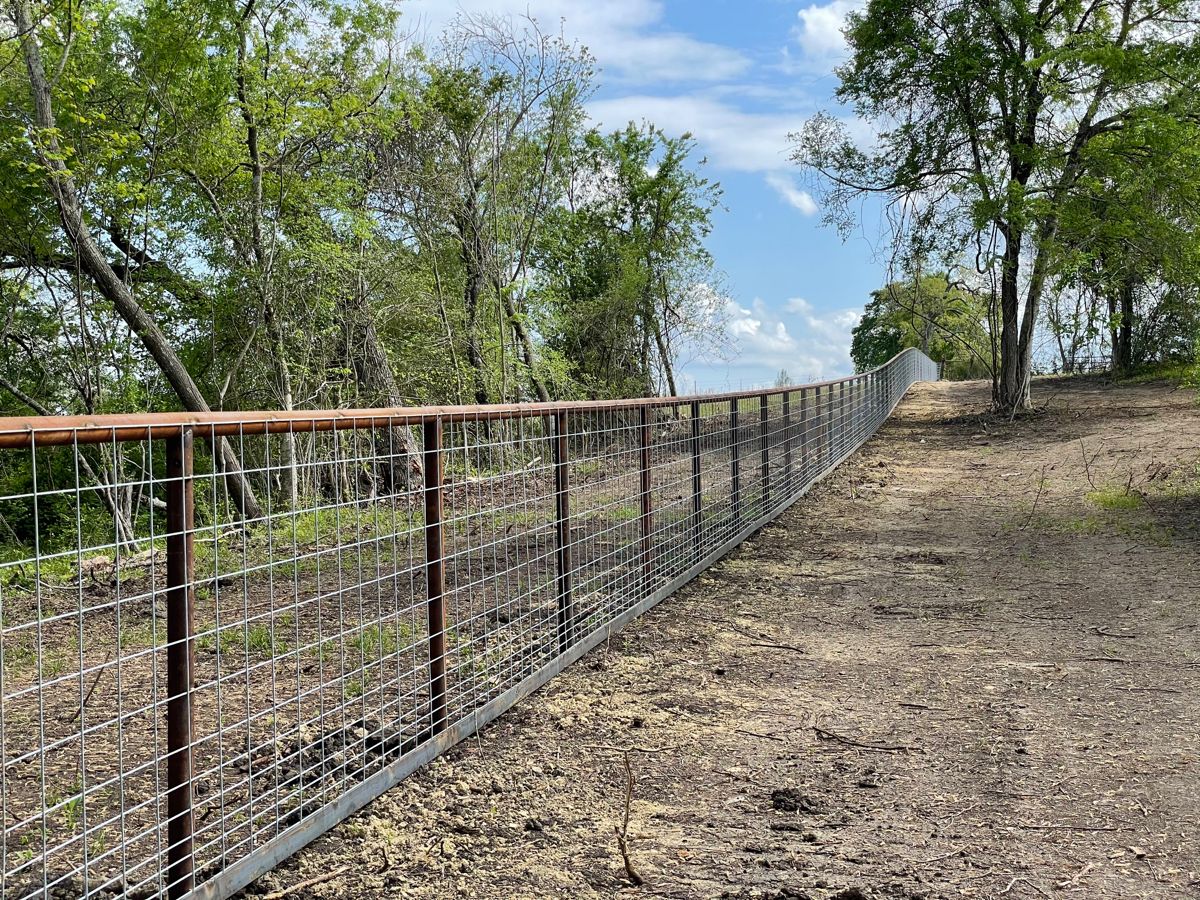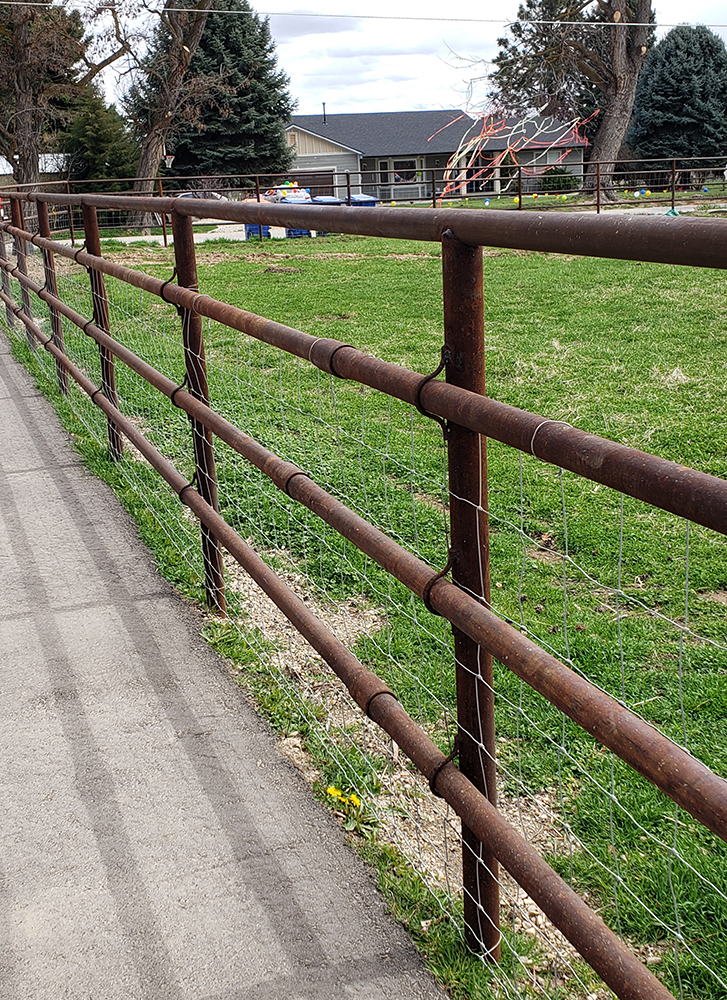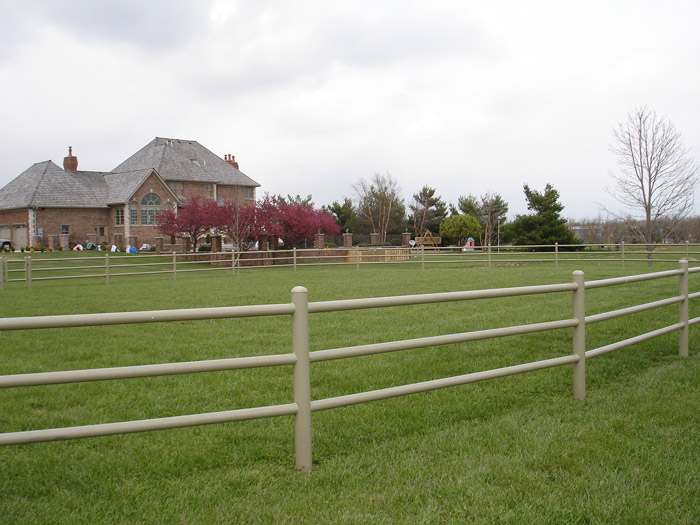
Exploring the Versatility of Pipe Fencing
In the realm of property boundaries and outdoor enclosures, pipe fencing has emerged as a frontrunner, captivating homeowners, businesses, and agricultural enthusiasts alike with its unique blend of rustic charm, exceptional durability, and cost-effectiveness. Unlike its traditional counterparts crafted from wood or metal, pipe fencing stands as a testament to timeless design and enduring functionality, offering a compelling alternative that redefines the concept of fencing solutions.


Exploring the Benefits of Pipe Fencing: A Harmony of Rustic Charm and Durability
Pipe fencing transcends mere practicality, embracing an aesthetic that seamlessly blends rustic charm with unwavering durability. Its exposed pipes, often crafted from galvanized steel or wrought iron, exude an industrial chic that complements a wide range of architectural styles, from farmhouse chic to modern industrial. This captivating aesthetic extends beyond visual appeal, as the strength of these pipes ensures a fence that can withstand the relentless forces of nature, providing long-lasting protection for your property.
Versatility and Adaptability: A Fence for Every Need
Pipe fencing defies the limitations of traditional fencing solutions, embracing a versatility that caters to diverse needs and preferences. Whether seeking a secure barrier for your livestock paddock, a privacy screen for your backyard, or a decorative accent for your garden, pipe fencing seamlessly adapts to your requirements. Its customizable nature allows for a range of heights, styles, and designs, ensuring a perfect fit for your property’s unique character.
Applications: Embracing Diversity in Fencing
The versatility of pipe fencing extends beyond its aesthetic appeal, encompassing a wide range of applications that cater to diverse settings. Additionally, from enclosing backyards and swimming pools in residential settings to safeguarding industrial complexes and retail spaces in commercial environments, pipe fencing proves its adaptability across various scenarios. Moreover, in agricultural settings, pipe fencing plays a crucial role in enclosing livestock paddocks, pastures, and crop fields, providing secure containment and preventing animal escapes.
Types of Pipe Fencing: A Spectrum of Options
Within the realm of pipe fencing lies a diverse spectrum of options, each tailored to specific preferences and requirements. Galvanized steel pipe fencing offers a cost-effective and durable solution, providing resistance to rust and corrosion. For those seeking a more ornate and elegant aesthetic, wrought iron pipe fencing exudes sophistication, adding a touch of timeless charm to properties. Chain link pipe fencing provides a secure and visible barrier, often used for enclosing livestock or securing industrial areas. PVC pipes offer a lightweight and affordable option, particularly suitable for decorative fencing or temporary enclosures.

Considerations for Choosing Pipe Fencing: Informed Decisions for a Lasting Solution
Selecting the ideal pipe fencing solution requires careful consideration of various factors. Additionally, the purpose and desired style play a pivotal role, ensuring the fence aligns with the property’s function and aesthetic. Moreover, local regulations and permits must be adhered to, ensuring compliance with property line setbacks, height restrictions, and permit requirements. Furthermore, the choice of pipe material, desired finish, and pipe diameter should be based on the fence’s function, budget, and aesthetic preferences. For complex or large-scale projects, seeking professional help from experienced pipe fencing contractors is highly recommended.
Maintenance and Upkeep: Preserving the Legacy
While pipe fencing boasts exceptional durability, regular maintenance is essential to preserve its pristine condition and ensure its long-lasting performance. Periodic inspection identifies any signs of damage, such as rust, corrosion, or loose fittings. Cleaning the fence surface using mild soap and water removes dirt, debris, and surface stains. Promptly addressing any damage or rust spots prevents further deterioration. Scheduling regular inspections by a qualified pipe fencing contractor helps identify potential issues and ensures the fence’s structural integrity.
Environmental Considerations: A Commitment to Sustainability
As environmental consciousness grows, it is crucial to acknowledge the environmental implications of pipe fencing. The manufacturing of galvanized steel and wrought iron pipes involves energy consumption and resource extraction, contributing to environmental impacts. End-of-life considerations must be addressed, ensuring proper demolition and disposal practices. Sustainable alternatives, such as recycled steel or fencing made from natural materials, offer a lower environmental footprint.

Conclusion: A Fence that Stands the Test of Time
Pipe fencing emerges as a compelling choice for homeowners, businesses, and agricultural enthusiasts seeking a durable, versatile, and aesthetically pleasing solution. Its unwavering resilience, coupled with its adaptability to diverse styles and applications, makes it a frontrunner in the realm of fencing options. While environmental considerations must be acknowledged, advancements in sustainable practices offer promising solutions. As pipe fencing continues to evolve, it remains a testament to human ingenuity, redefining the boundaries of property protection and outdoor aesthetics.
IX: DIY or Professional Installation: Making an Informed Choice
The installation process for pipe fencing can vary depending on the chosen type and the complexity of the project. For prefabricated panels or simple designs, DIY enthusiasts with basic handyman skills and a good understanding of the assembly instructions may be able to handle the installation. However, for intricate designs, large-scale projects, or those involving digging or concrete work, seeking professional help from experienced pipe fencing contractors is highly recommended. Here’s a breakdown to help you decide:
-
DIY Installation: Suitable for prefabricated pipe fence panels or simple straight designs if you possess basic carpentry and metalworking skills. Additionally, ensure you have the necessary tools and safety equipment for handling pipes and cutting materials. On the other hand, Professional Installation is recommended for complex designs, large-scale projects, fences requiring concrete footings, or uneven terrain. Experienced contractors possess the expertise, equipment, and manpower to ensure a seamless, structurally sound, and code-compliant installation, saving you time and ensuring safety.

X: Cost Considerations: Budgeting for Your Pipe Fence
The cost of pipe fencing varies depending on several factors, including:
- Type of pipe: Galvanized steel is generally the most affordable option, while wrought iron comes at a higher cost due to its more intricate design.
- Length and height of the fence: The overall footage of the fence significantly impacts the cost.
- Design complexity: Simple, straight fences are less expensive than those with curves, angles, or decorative features.
- Material quantity: The amount of pipe, fittings, and concrete (if applicable) used will affect the total cost.
- Labor costs: If opting for professional installation, factor in contractor rates and potential permit fees.
Budgeting Tips:
- Obtain quotes from multiple pipe fencing contractors to compare pricing and services offered.
- Consider the long-term value of pipe fencing – its durability minimizes replacement costs compared to high-maintenance alternatives.
- Explore options for prefabricated pipe fence panels if budget is a primary concern.
- Consider using recycled steel pipes for a more sustainable and potentially cost-effective option.
XI: Beyond Functionality: Enhancing Your Outdoor Space with Pipe Fencing
Pipe fencing transcends its role as a mere barrier, transforming into a design element that can enhance your outdoor space. Here are some creative ways to elevate your property:
- Painting or powder coating: Paint or powder coat the pipes in a color that complements your property’s aesthetic. Opt for weather-resistant finishes specifically designed for metal surfaces.
- Lighting integration: Integrate lighting fixtures into the fence posts or along the top of the fence to create a warm and inviting ambiance during evenings.
- Climbing plants: Train climbing vines or plants to grow on the fence, adding a touch of greenery and softening the industrial aesthetic.
- Decorative elements: Incorporate decorative features like planters, hanging baskets, or metal art pieces to personalize your fence and add a touch of artistic flair.
By embracing these creative approaches, pipe fencing transforms from a functional necessity into a design statement that complements your property’s architecture and personality.